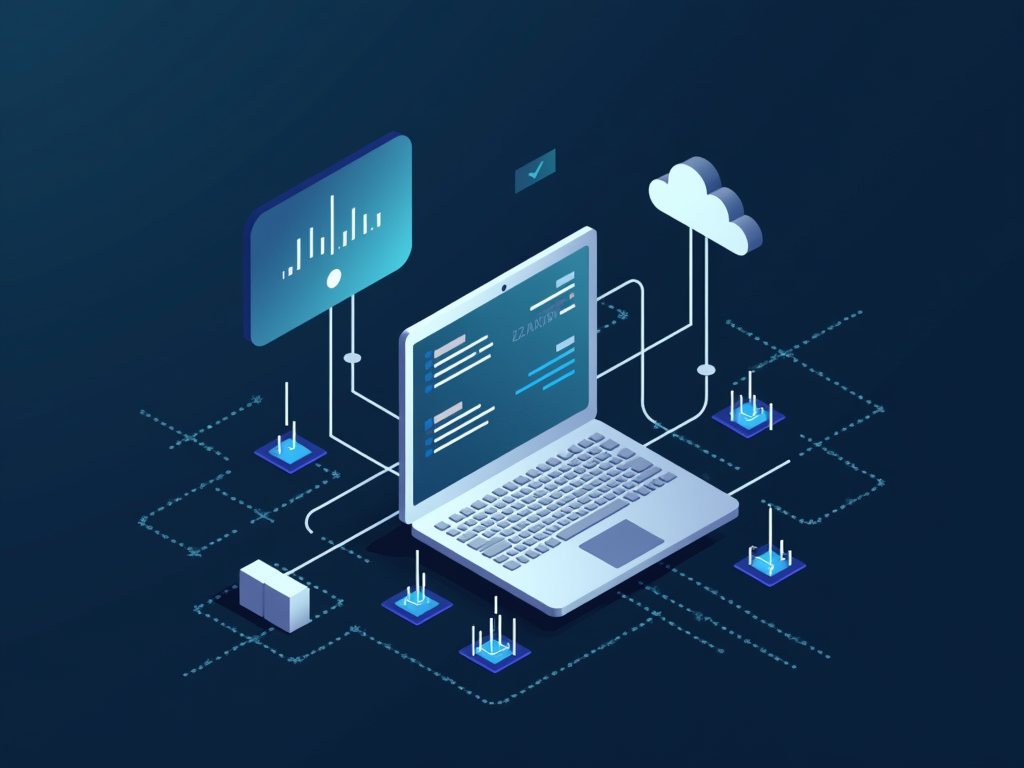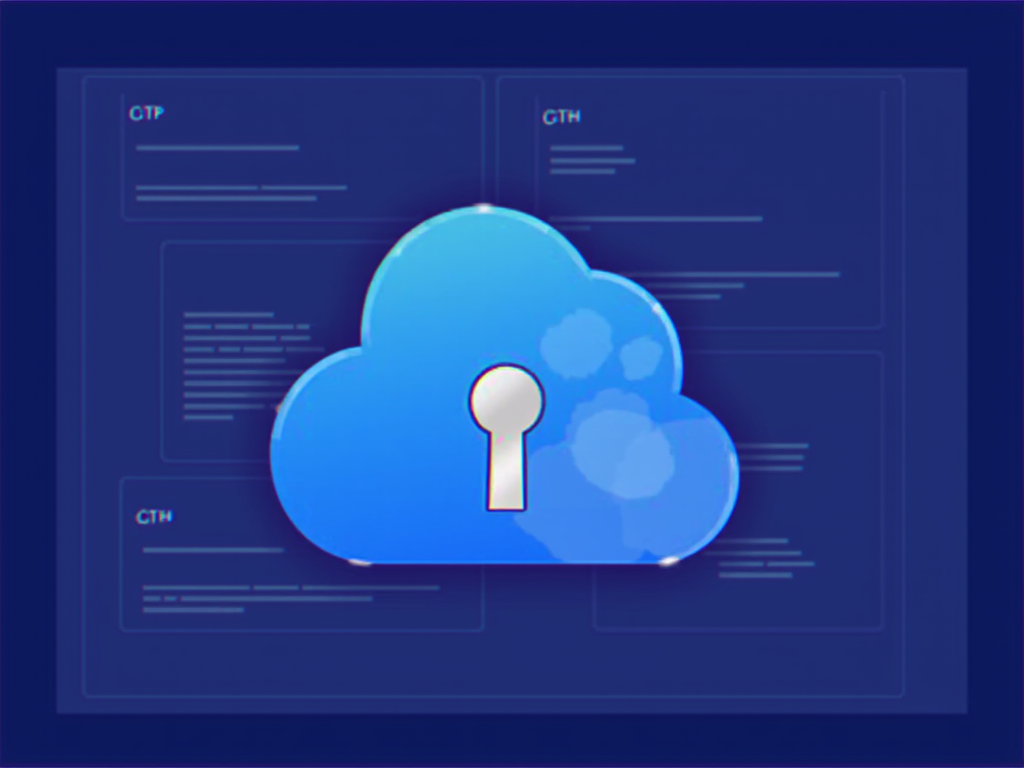Understanding the Importance of Network Traffic Monitoring
Network traffic monitoring is a critical aspect of network management that helps administrators understand and manage the flow of data within their networks. In this article, we will delve into the importance of network traffic monitoring and how it can benefit your organization.
What is Network Traffic Monitoring?
Before we dive into the importance of network traffic monitoring, let’s define what it means. Network traffic monitoring involves tracking and analyzing the flow of data packets within a network. This includes capturing packet captures (PCAPs) to analyze network activity, identifying trends and patterns, and detecting potential security threats.
Why is Network Traffic Monitoring Important?
- Identifying Security Threats
Network traffic monitoring is crucial for identifying potential security threats such as malware, viruses, and hackers. By analyzing network traffic, administrators can detect suspicious activity, alerting them to potential security breaches before they become major issues.
- Optimizing Network Performance
Traffic monitoring helps administrators identify bottlenecks in the network, allowing them to optimize performance by adjusting configuration settings, upgrading hardware, or adjusting QoS policies.
- Compliance and Auditing
In today’s regulatory environment, organizations are required to maintain compliance with industry standards and regulations. Traffic monitoring provides the necessary data for auditing and reporting purposes, ensuring that your organization is in compliance.
- Troubleshooting Issues
When issues arise within the network, traffic monitoring helps administrators identify the root cause of the problem quickly and efficiently. This reduces downtime and improves overall network reliability.
- Capacity Planning
As networks grow, so does the need for capacity planning. Traffic monitoring provides the necessary data to anticipate growth and make informed decisions about infrastructure upgrades and scaling.
How to Monitor Network Traffic
- Choose a Monitoring Tool
Selecting the right monitoring tool is critical. Look for tools that offer real-time traffic analysis, packet capture capabilities, and customizable reporting.
- Set Up Monitoring Points
Establish monitoring points throughout your network to gather data on traffic patterns, flow, and volume.
- Analyze Traffic Data
Regularly analyze traffic data to identify trends, patterns, and potential security threats.
- Alerts and Notifications
Configure alerts and notifications for suspicious activity or threshold breaches, ensuring that issues are addressed promptly.
- Regular Maintenance
Regularly update monitoring software, configure new features, and adjust settings as needed to ensure optimal performance.
Conclusion
In today’s digital age, network traffic monitoring is a critical aspect of network management. By understanding the importance of network traffic monitoring, organizations can identify security threats, optimize network performance, ensure compliance, troubleshoot issues, and plan for capacity growth. By following best practices for monitoring network traffic, you can ensure your organization remains secure, reliable, and efficient.
References



